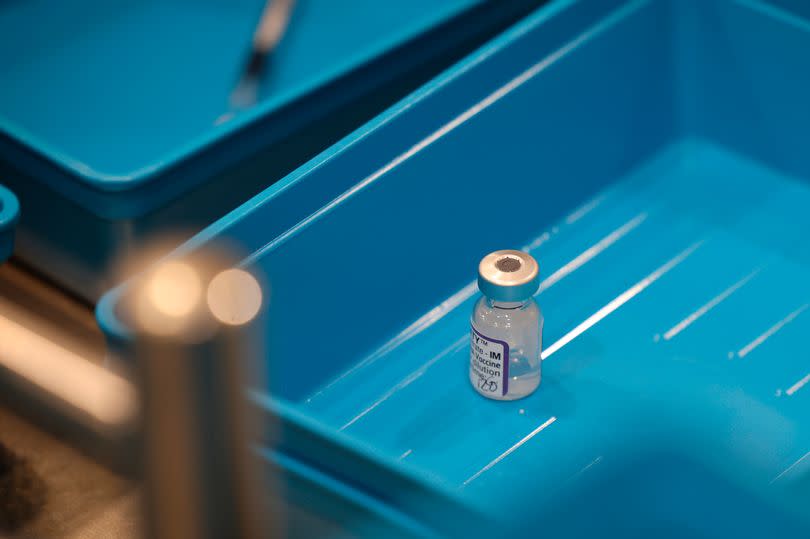New Covid FLiRT variants feared to be fuelling rise in cases and hospitalisations

A sudden 21 per cent in Covid cases could be down to a new group of variants - with experts saying 'FLiRT' strains are becoming dominant across the country. A surge in positive tests, hospitalisations, and a sharp rise in cases week on week have been recorded by the UK Health Security Agency (UKHSA).
The sharp rise could have been the result of the FLiRT mutation, with three new strains, KP.1.1, KP.3 and KP.2 now accounting for 40 per cent of all cases, as reported by In Your Area. The figures were updated at the end of April, implying the variant may be to blame for more than 50 per cent of all cases.
The figures revealed a 21.2 per cent week on week rise in cases in England, 106 deaths and a 73 per cent rise in those admitted to hospital with the virus. It is believed the FLiRT strains account for a quarter of all cases in the US, with fears that the new mutations are currently widespread.
Get the latest news straight to your phone by joining us on WhatsApp
Professor Christina Pagel, of University College London, told i: "I think we are (at) the start of a Covid wave driven by the FLiRT variants, which are quite likely to be at about 50 per cent of total infections now." The mutation has developed from the JN.1 strain, otherwise known as Pirola or Juno, with the variant dubbed 'FLiRT' as an older mutation called F replaced one designated as L, and one known as R switched with T.
According to the NHS, Covid-19 symptoms can include:
A high temperature or shivering (chills) - a high temperature means you feel hot to touch on your chest or back (you do not need to measure your temperature)
A new, continuous cough – this means coughing a lot for more than an hour or three or more coughing episodes in 24 hours
A loss or change to your sense of smell or taste
Shortness of breath
Feeling tired or exhausted
An aching body
A headache
A sore throat
A blocked or runny nose
Loss of appetite
Diarrhoea
Feeling sick or being sick
The symptoms are similar to those of other illnesses, including colds and flu. Most people feel better within a few days or weeks of their first symptoms and make a full recovery within 12 weeks. For some, it may be a more serious illness, and their symptoms can last longer.

 Yahoo News
Yahoo News 
